Photos of Australian Landscapes Ravaged By Humans
Sydney based photographer and photojournalist Dean Sewell has been documenting the world for over 20 years. His award-winning work is raw and visceral, ranging from war-torn Chechnya to the horrifying aftermath of Timor-Leste’s independence.
But recently Dean’s focus has expanded from social issues, and into environmentalism. His Australian-based collections “Whitewashing The Great Barrier Reef” and the ongoing “El Niño” depict the present the sheer power of nature, and mankind’s subsequent tampering.
We had a chat with Dean to discuss the origins of this new direction, how it differs from his previous work, and what he’s hoping his audience will take away.
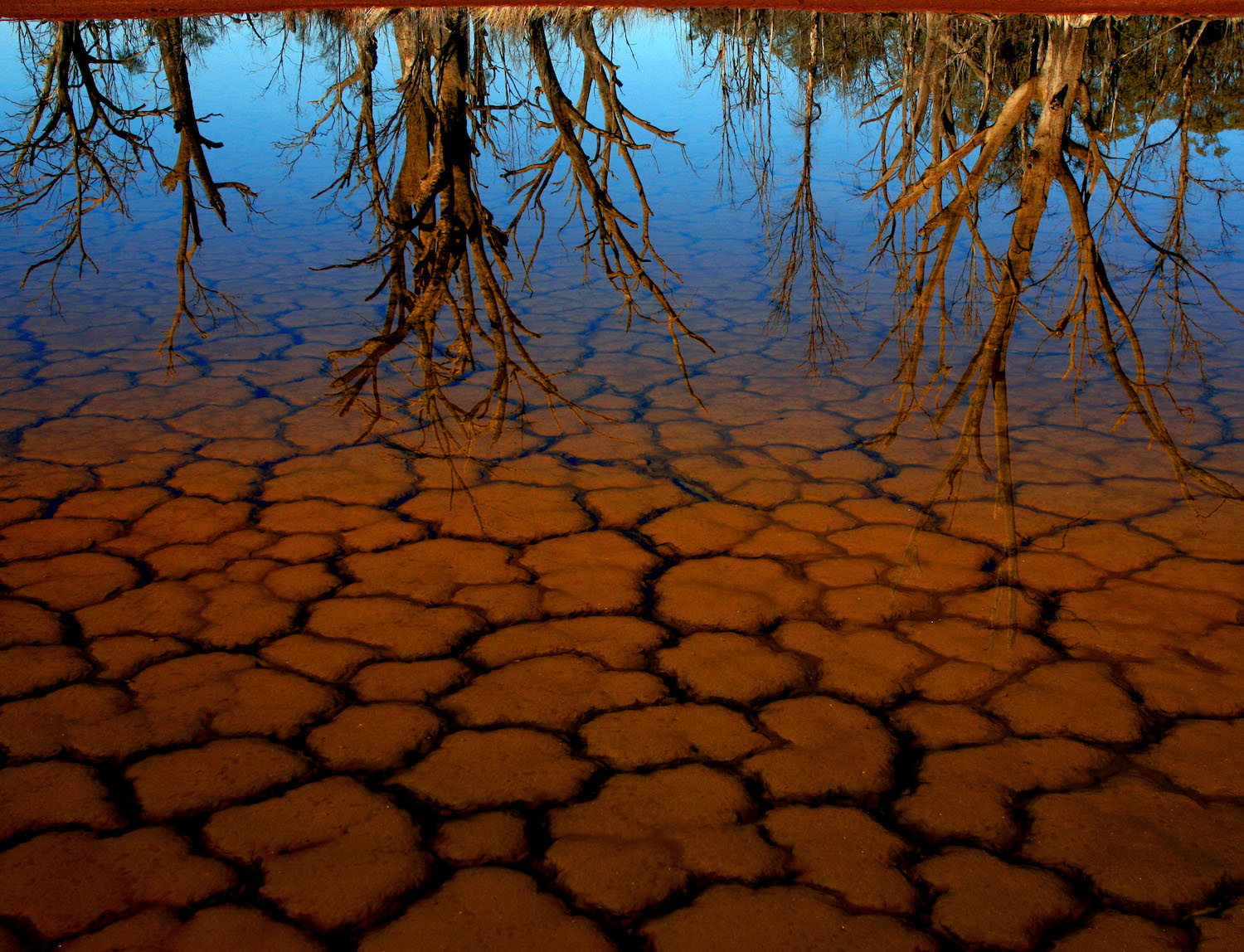
VICE: Hi Dean. Traditionally your work has been focussed around socio-political topics. What made decide to document the environment?
Dean Sewell: It seemed to be a natural progression. I realised that social and environmental works were one and the same. There’s an inextricable linkage there no matter what you’re portraying or photographing.
Tell me about this series. I read that while taking these photos for “El Niño,” you drove around 3,000 kilometres?
For “El Niño,” a lot of that work [has] been over four states, looking largely at the Murray-Darling Basin. Those distances can really put you off the beaten track, seeing these really degraded waterways—a lot of them damaged by bad human practices. One of the issues you’re dealing with is excess salinity that creates acid water. Once, I walked out into this body of acid water to photograph this cracked earth sitting underwater that had retained its shape. The thing about acid water, the water goes really clear like glass. I went walking out into this, with all these cameras on me, not realising that I was sinking into the ground and I couldn’t get out. I was completely by myself with no communications, sinking into the ground. No one knew where I was so I’m just thinking “Fuck. Is this how I’m going to fucking die? In some backwater acid bath?”
Eventually, I managed to get myself out, making sure my cameras were safe. It just goes to show there are those hard to access areas like that that are important to show what mismanagement humans are capable of.
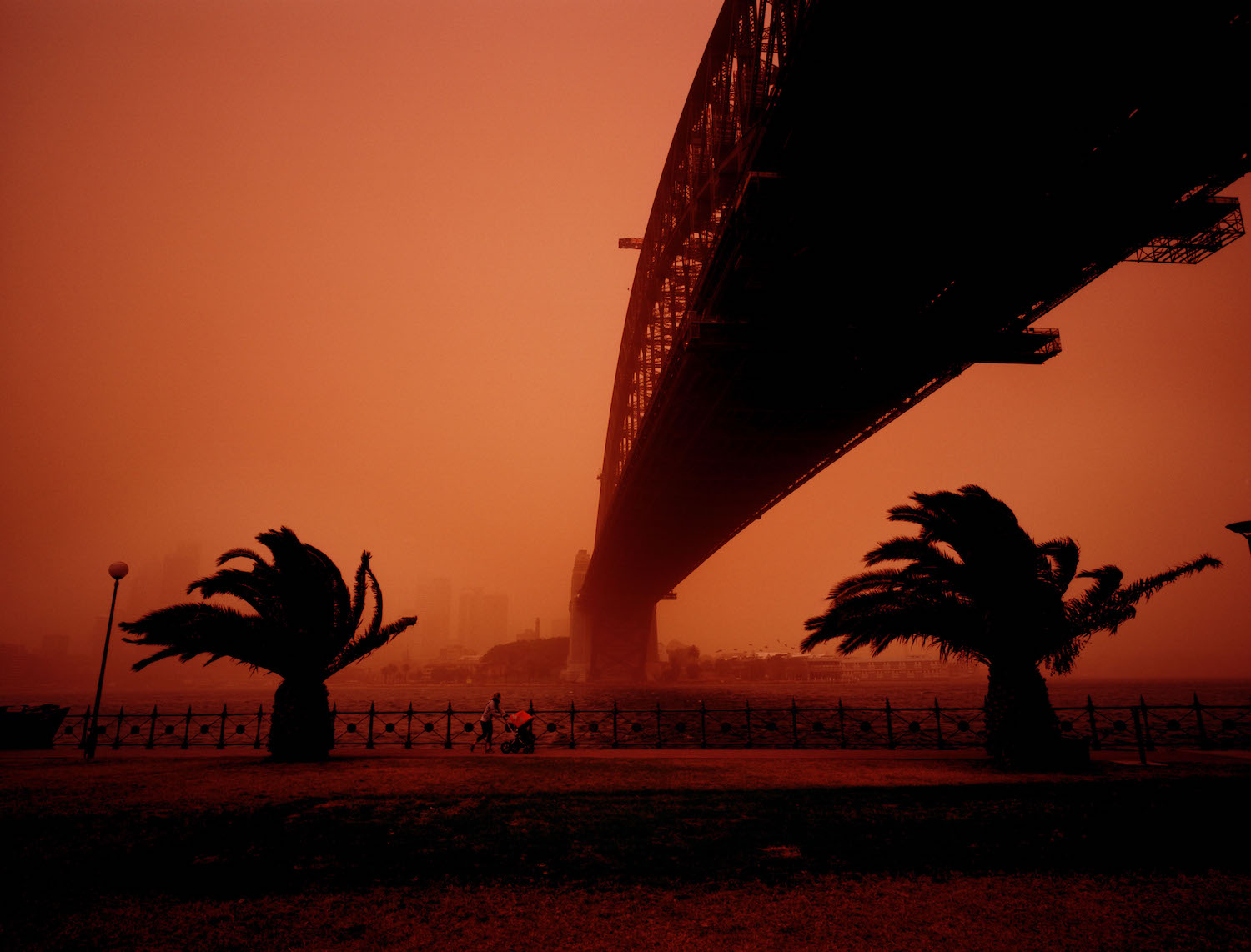
The work seems so visually striking, like the photos are primarily works of art.
Yes, that’s about trying to reach out to different audiences. [Engaging] people who are important to drag into the debate about climate change; people that might engage with the more fine art photography. It allows photography to move into different spheres.
There is a place for observational photography in the art realm. I can’t see why that sort of work can’t come through in a fine art context. I don’t think all art has to be a constructed tableau.
What’s the appeal of documenting these topics? Is environmentalism something you’ve always been passionate about?
It wasn’t an early passion that’s for sure. Looking back, my childhood had a big influence on what I’m doing now. I grew up in the suburb of Botany in Sydney in the 70s. Back then, Botany was an industrial wasteland; full of tanneries, which was a dirty, dirty industry back then, and the Orica chemical industries creating these heavy pollutants. I watched Botany Bay die from this mistreatment, which was really integral in formulating my interest in the environment.
While you’re here, check out this VICE doco on indigenous psychotropic plants:
What made you shift your focus from overseas stories to stuff at home?
It’s always been important to me as an Australian photographer to dedicate a good portion of my time to illustrate the problems we have here. A lot of Australian photographers have taken flight because the market here is so small. There are also restrictions in documenting both governmental and non-governmental institutions as well as the expense of getting things done. I recently drove a couple thousand kilometres, just photographing a bunch of hay-runners hauling hay from Western Victoria to the drought regions of New South Wales. And just forking out the money alone on petrol to do a job; it’s really costly here.
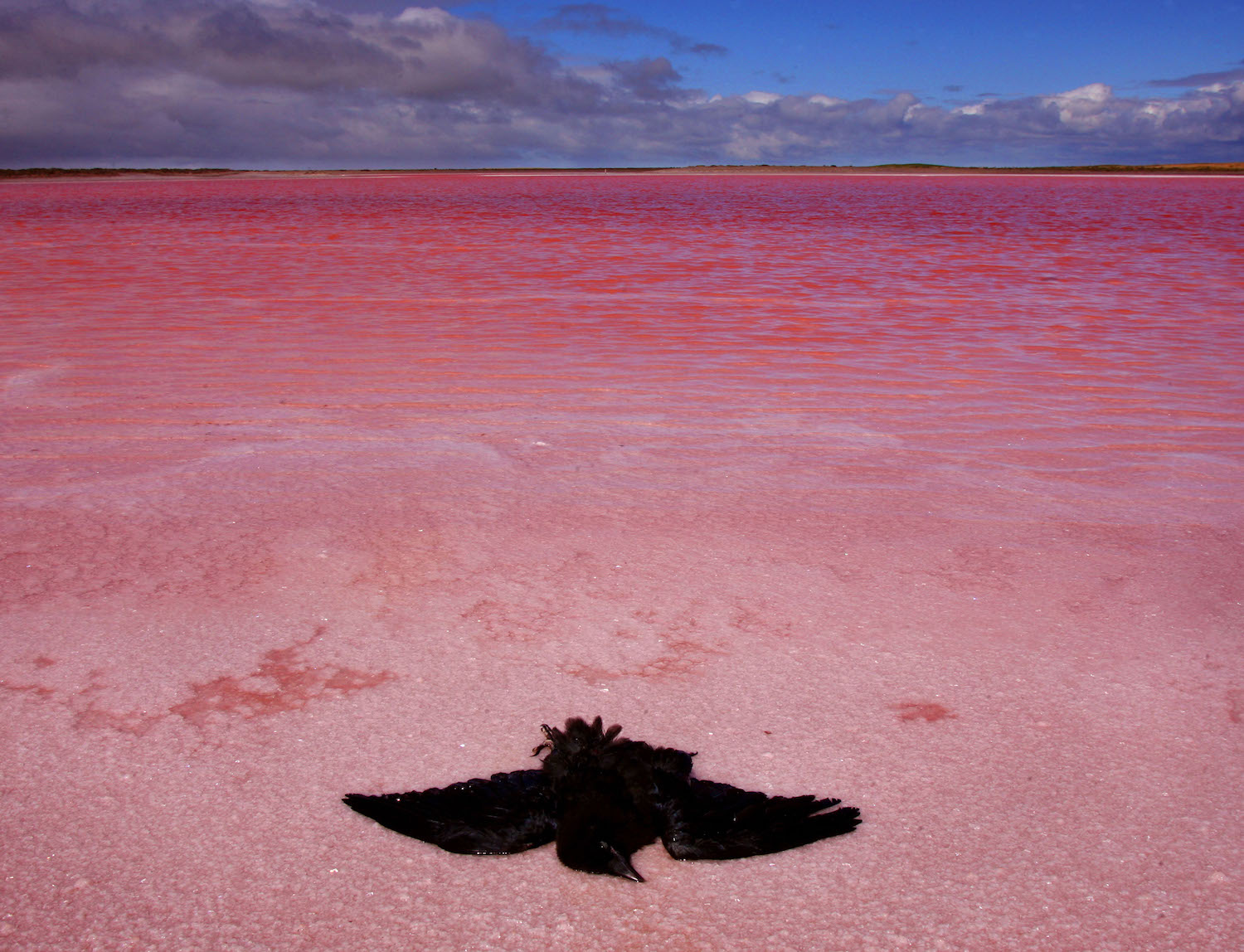
What were you hoping to accomplish and present to your audience?
Foremost, I wanted to give people a moment to at least stop and consider these issues. A lot of people are removed from these issues geographically or otherwise. A lot of people will saunter through life with their Gucci gaze on, and these issues can really slip past them if they’re not paying attention.
We can’t ignore the environmental concerns facing us all. They just don’t belong to a certain tribe or one group of people fighting to protect one area or resource. We all own them. These problems belong to us all so we all need to engage in these discussions.
Your series “El Niño” is ongoing. When do you anticipate it’ll be completed?
I don’t think “El Niño” will ever get finished. We will always encounter the pressures the weather puts on the environment, and how we manage that is a question about how we go forward as a people. I want to be part of the dialogue, instead of sitting on the sidelines.
To see more of Dean’s work, or order prints, you can check out his site here. And follow Sam’s articles on Twitter
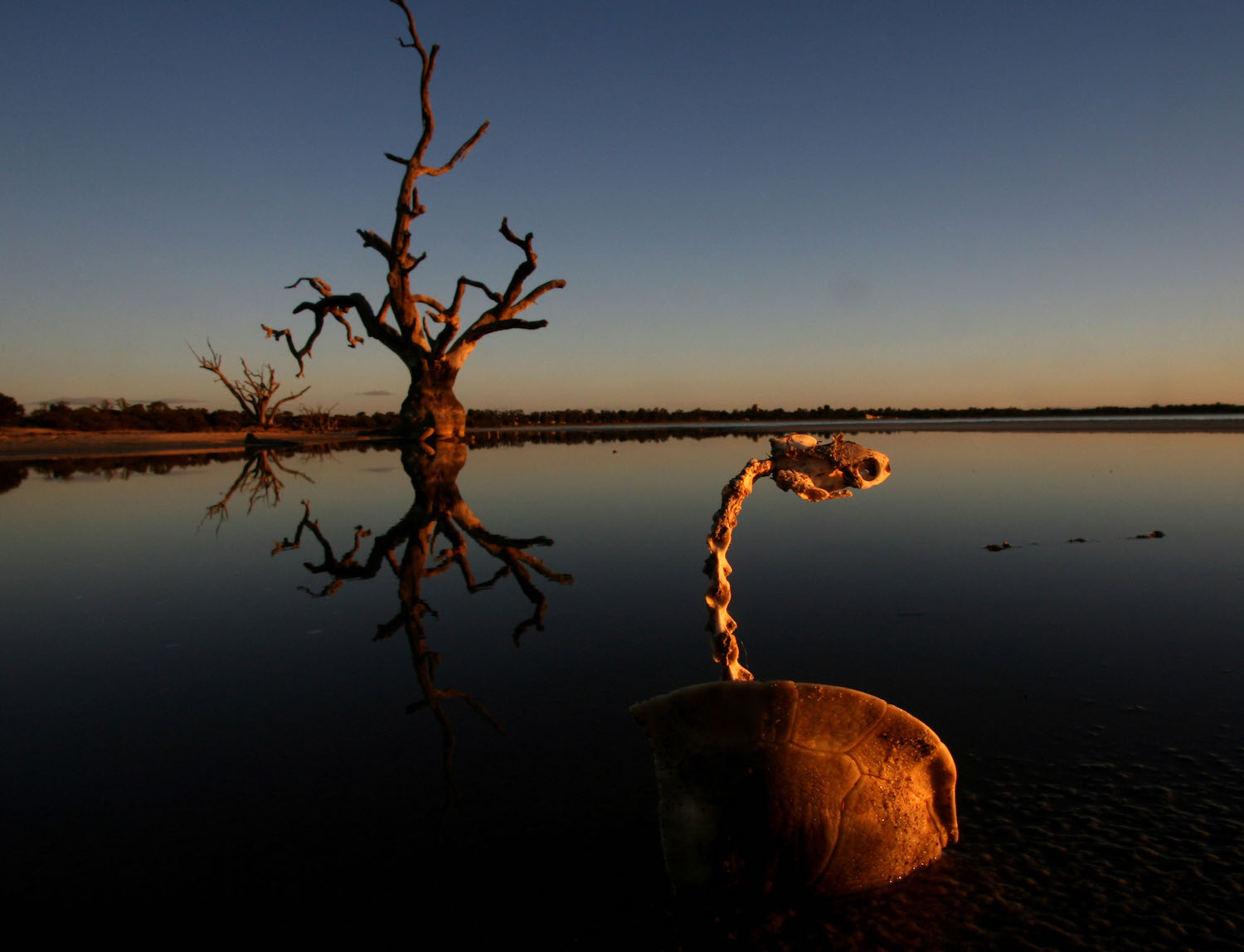
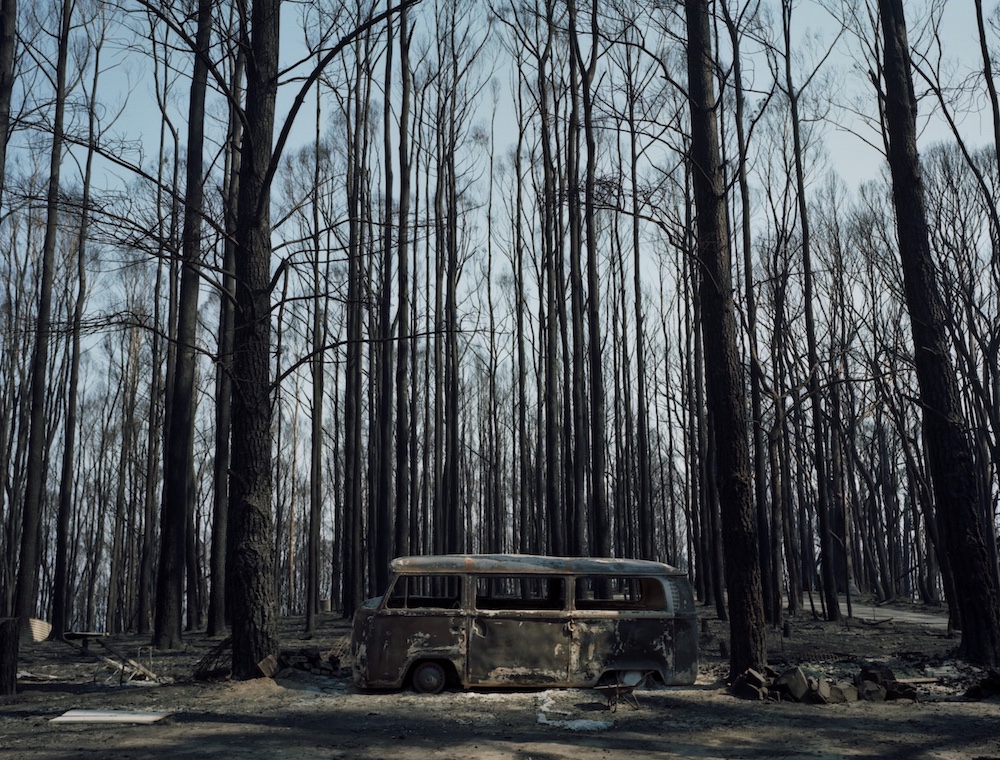
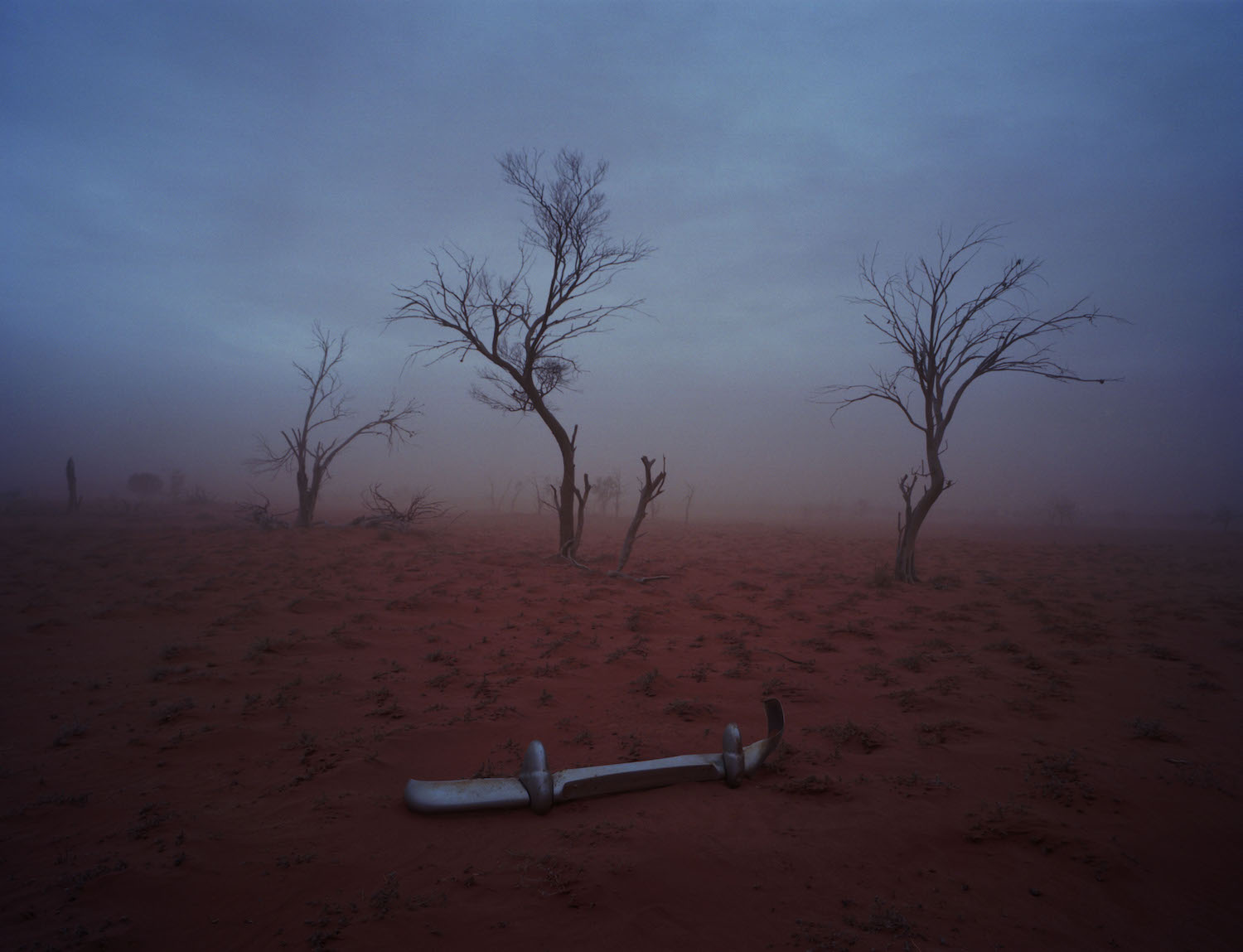
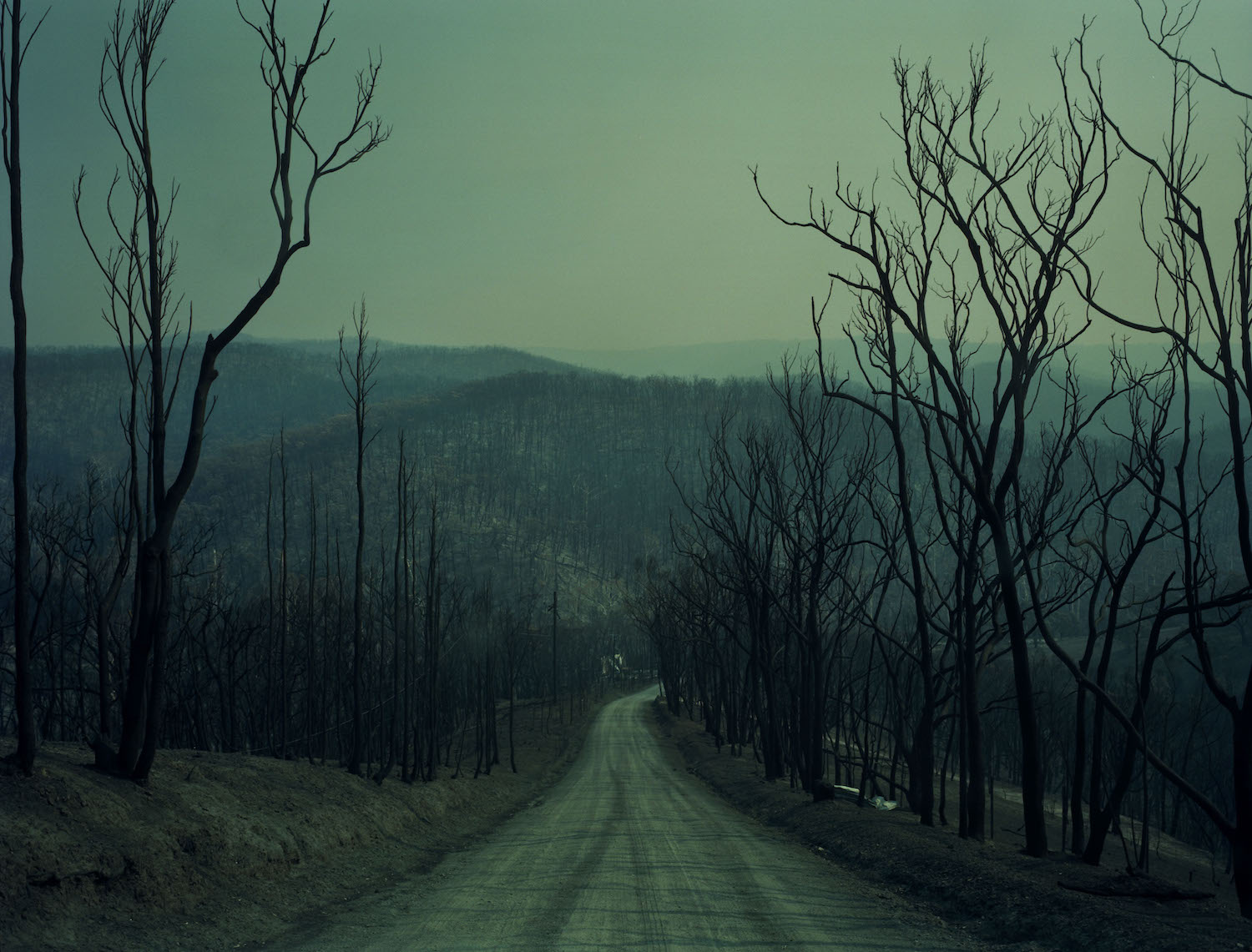
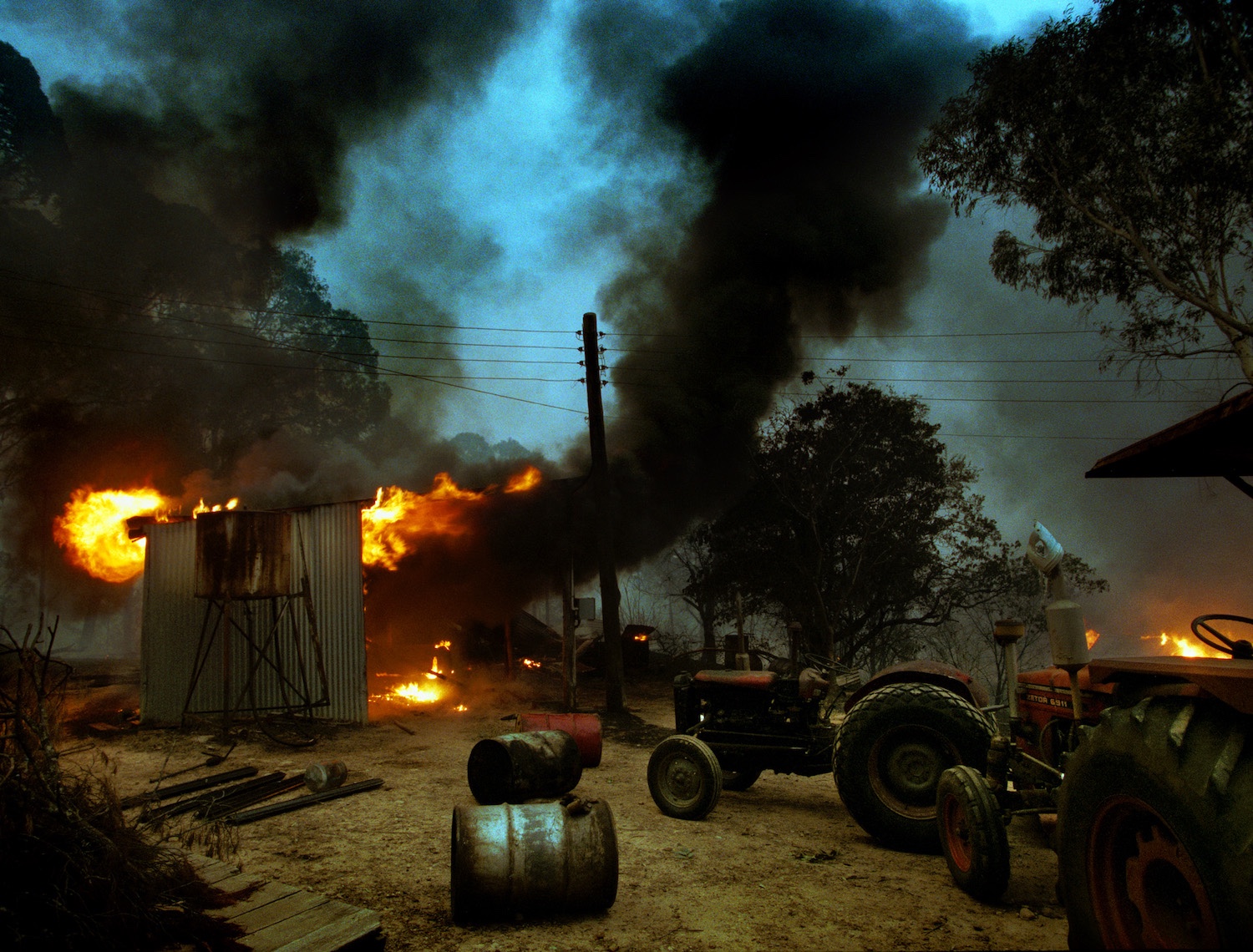
This article originally appeared on VICE AU.